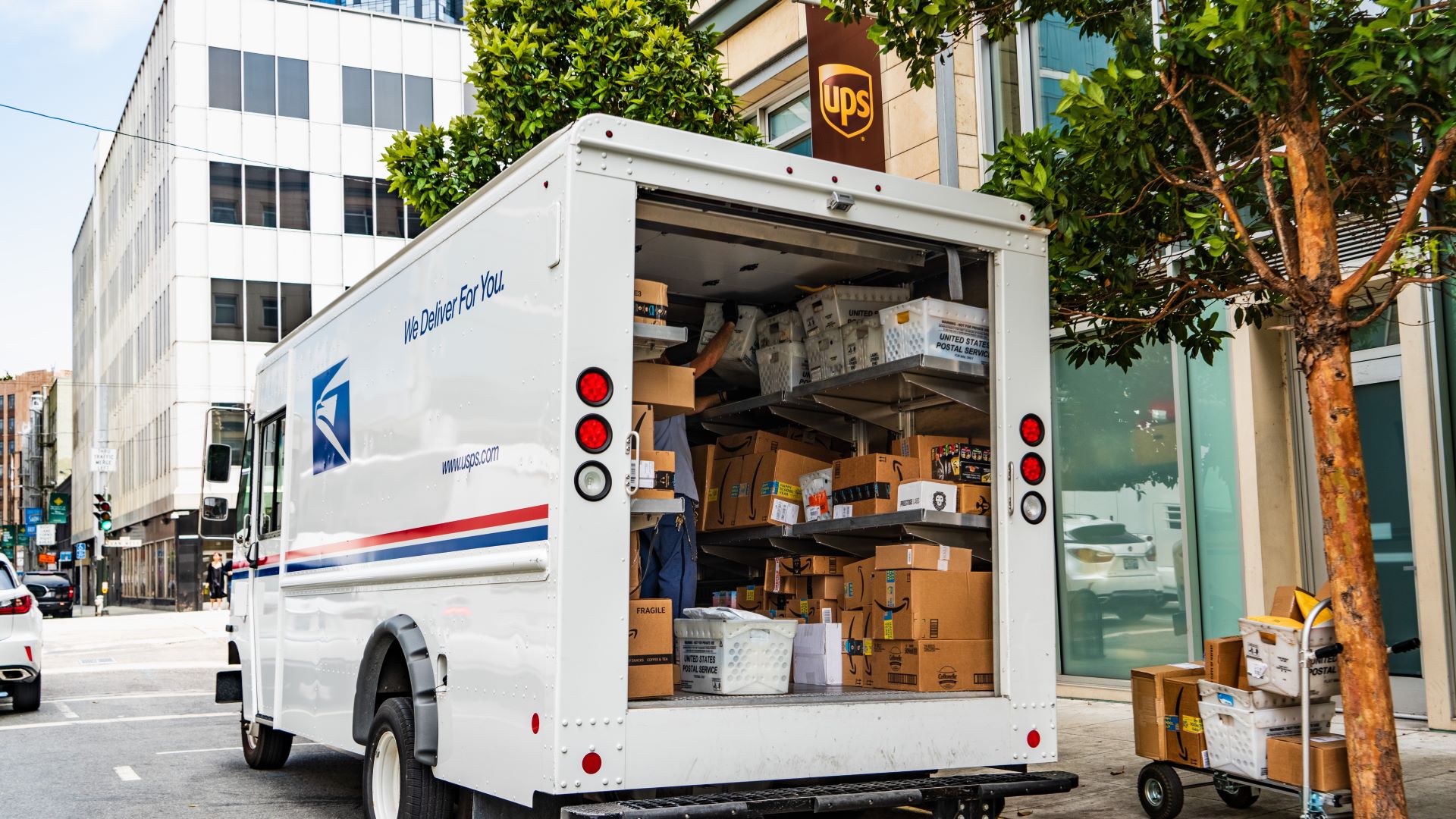
“[At] the height of the Covid time period, e-commerce shipments are going bananas, carriers are being pushed to the limits of their capacity, there’s some validity to pretty extreme demand surcharges in that timeframe,” said Glenn Gooding, president of iDrive Logistics on a recent episode of his Parcel Perspectives podcast. “It’s 2025. Retail sales are down. The market is struggling. Carriers are compressing or reducing their capacity. They’re making staffing reductions, so the optics do not look too good when you’re talking about a carrier [UPS] that’s doing early buyouts, layoffs, shutting down operations, drawing down volumes in other places while simultaneously coming to you saying, ‘We need to impose demand surcharges.’ ”
Shippers generally feel surcharges are fair when projected demand abruptly exceeds capacity because carriers do a lot of seasonal hiring and training, lease extra aircraft and other equipment, and take on other expenditures to ensure continuity of operations. In 2013, a spike in demand combined with blizzards severely impacted parcel carriers’ on-time performance, upsetting retailers and their customers, and prompting the move to demand surcharges the following year.
Implementing such fees in a softer environment is short-sighted, said ShipMatrix President Satish Jindel. The surcharges will generate more revenue for incumbent carriers, but encourage large retailers and venture-backed regional carriers to invest more in their own delivery networks. Even Uber and DoorDash are offering last-mile delivery today.
“They are trying to make up for slower revenue growth with surcharges, but this is further contributing to diversion of volumes to other options because people don’t see a justification for them given that peak volumes are not spiking,” Jindel said in an interview. “It’s a short-term financial gain for a long-term decline in your business model.”
Last-mile alternatives
Parcel experts say the playing field has become more level in the past five years as independent carriers became more mature, tech-enabled and reliable.
The elimination by FedEx and UPS of commercial discounts for large shippers and annual rate increases, on top of demand surcharges, have also pushed customers to switch to alternative carriers, AFS Logistics and financial services firm TD Cowen reported earlier this year. In April, a ShipMatrix analysis showed that FedEx and UPS are losing parcel market share to Amazon, Walmart, Target and independent carriers like OnTrac, Veho, Jitsu, and UniUni.
In the first-half of the year, total U.S. domestic parcel volumes increased for Amazon by 6.1% and for FedEx by 5% from the prior year. UPS and the U.S. Postal Service saw volumes decrease 5.4% and 6.7%, respectively. The volume lost by UPS and USPS combined was more than Amazon and FedEx together gained. The additional 102 million packages in the system were either handled by the private networks of large retailers like Walmart or tendered to other carriers, according to the latest ShipMatrix data.
Amazon’s gain is likely related to its recent $4 billion expansion of Same-Day and Next-Day service to small communities and UPS’s gradual decoupling from half of its Amazon business to focus on higher-yielding business, ShipMatrix said.
Walmart in May said the number of online orders delivered within less than three hours grew by 91% year over year, and that store-fulfilled delivery sales are up by 50%. And Target this month said it is expanding next-day delivery to the top 35 metro areas as it refines how to use stores as fulfillment hubs. Such store-to-door deliveries by retailers are converting more parcels into same-day local deliveries, which is also shrinking the addressable market for FedEx, UPS and the U.S. Postal Service.
Although Postal Service surcharges are less than those of FedEx and UPS, it is imposing them despite having twice as much capacity (85 million packages per day) as projected demand on the busiest day of peak season, ShipMatrix noted.
Jindel said the three legacy carriers should lower peak surcharges in 2026 to help regain lost volume. Alternatively, they could just apply the surcharges for Cyber Week and Christmas week. Without changes, Amazon, Walmart and the independent carriers will deliver more parcels than the big three carriers combined by 2027, he predicted.
Shippers should evaluate if they can offer the same level of free shipping as earlier in the year, said Gooding from iDrive Logistics, and work with carriers for some surcharge givebacks in return for supportive measures such as weekly or day-off planning forecasts and having pickups ready early in the day or on weekends.
The trend to diversify carriers will continue with the spread of multi-carrier shipping software, retailers’ increased use of gig workers using personal vehicles, and savings from less expensive carriers outweighing incentives from incumbent operators, Timur Eligulashvili, president and founder of Austin, Texas-based Logistics Remix, a firm that helps businesses save money on small parcel shipping, said on LinkedIn.
Click here for more FreightWaves/American Shipper stories by Eric Kulisch.
Write to Eric Kulisch at ekulisch@freightwaves.com.
RELATED STORIES:
Parcel carriers hike surcharges for busy holiday season
USPS seeks demand surcharge for holiday season parcel deliveries
DHL Express’ Miami air hub meets the moment for peak season
FedEx and UPS cease parcel discounts, ‘weaponize’ fuel surcharges: report



